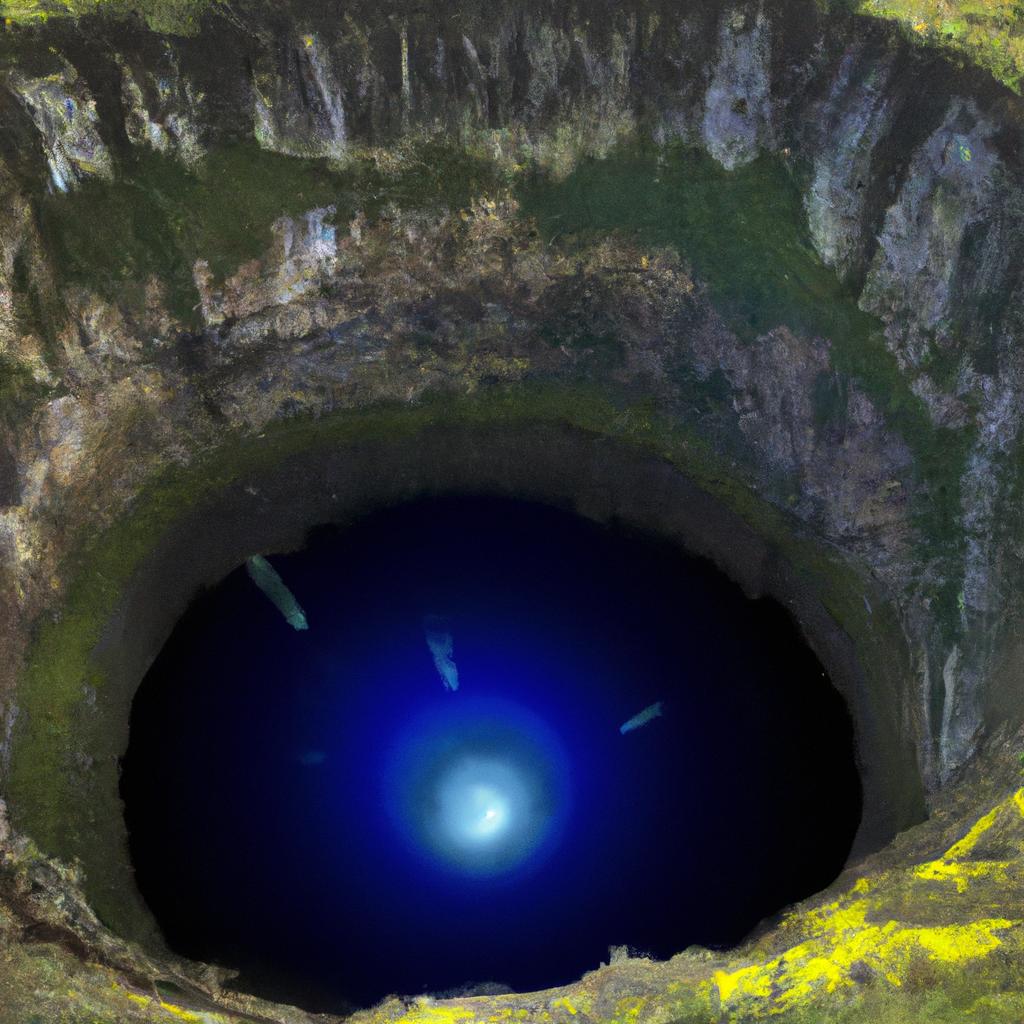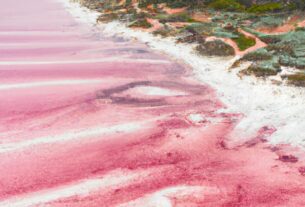Have you ever wondered what lies beneath the surface of our planet? Sinkholes are captivating natural formations that offer a glimpse into the secrets of the Earth. These captivating marvels are created when soluble rocks, such as limestone, gypsum, or salt, dissolve, causing the ground to collapse. While sinkholes can be dangerous for human settlements, they also possess a certain allure due to their unique geological and ecological features. One such sinkhole that has captured the attention of scientists and tourists alike is the Xiaozhai Tiankeng, the deepest sinkhole in the world.
Definition of Sinkholes
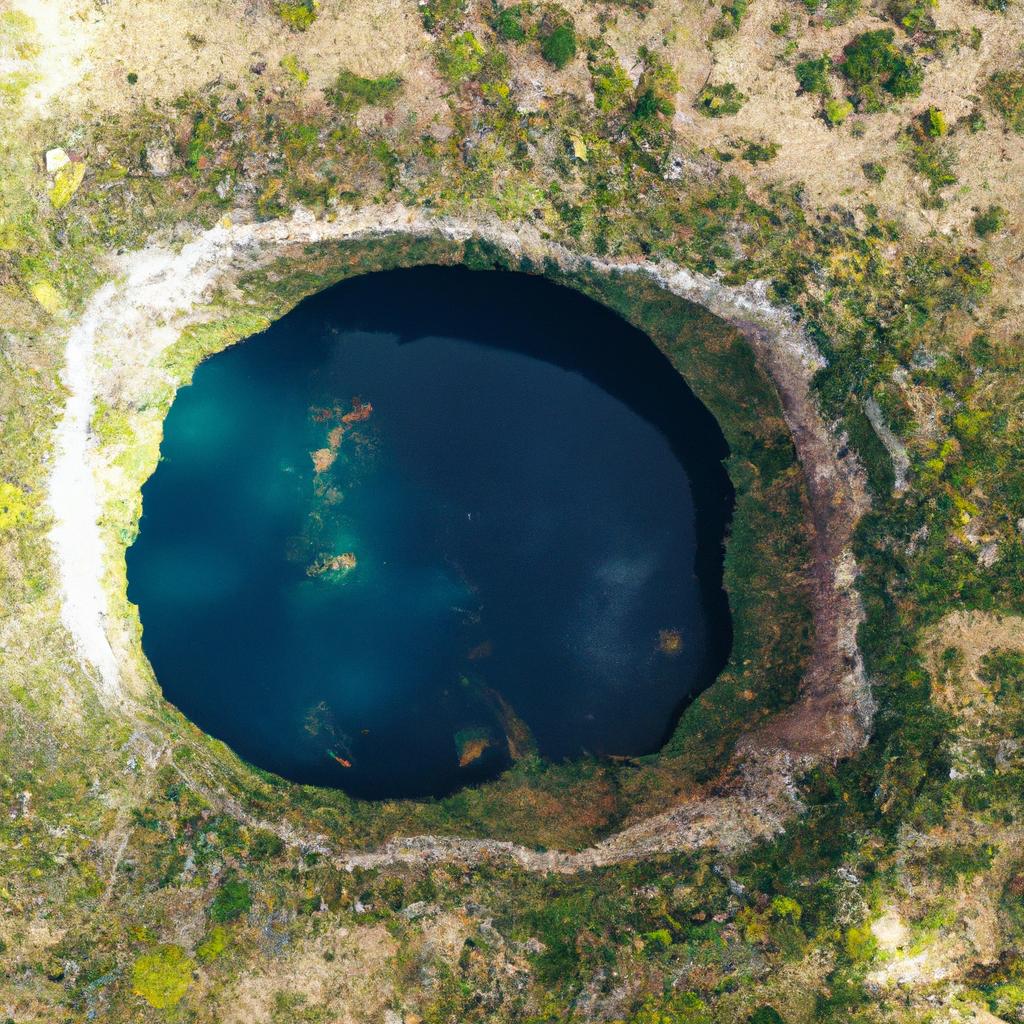
The view from above gives a better perspective of the sheer size of the deepest sinkhole in the world.
Sinkholes are created when soluble rocks dissolve and create voids beneath the surface. Over time, these voids grow larger until the ground above them can no longer support its weight, leading to a collapse. Human activities, such as mining or drilling, can also contribute to sinkhole formation by weakening the supportive rock layers.
There are three main types of sinkholes: dissolution sinkholes, cover-subsidence sinkholes, and cover-collapse sinkholes. Dissolution sinkholes are the most common and form gradually, typically bell-shaped with a gentle slope. Cover-subsidence sinkholes occur when soil gradually subsides into underlying cavities, resulting in bowl-shaped sinkholes. Lastly, cover-collapse sinkholes pose the most significant danger as they occur suddenly and without warning, often deep and steep-sided.
Understanding the different types of sinkholes is essential for identifying potential hazards and developing effective mitigation strategies.
The Enigmatic Xiaozhai Tiankeng
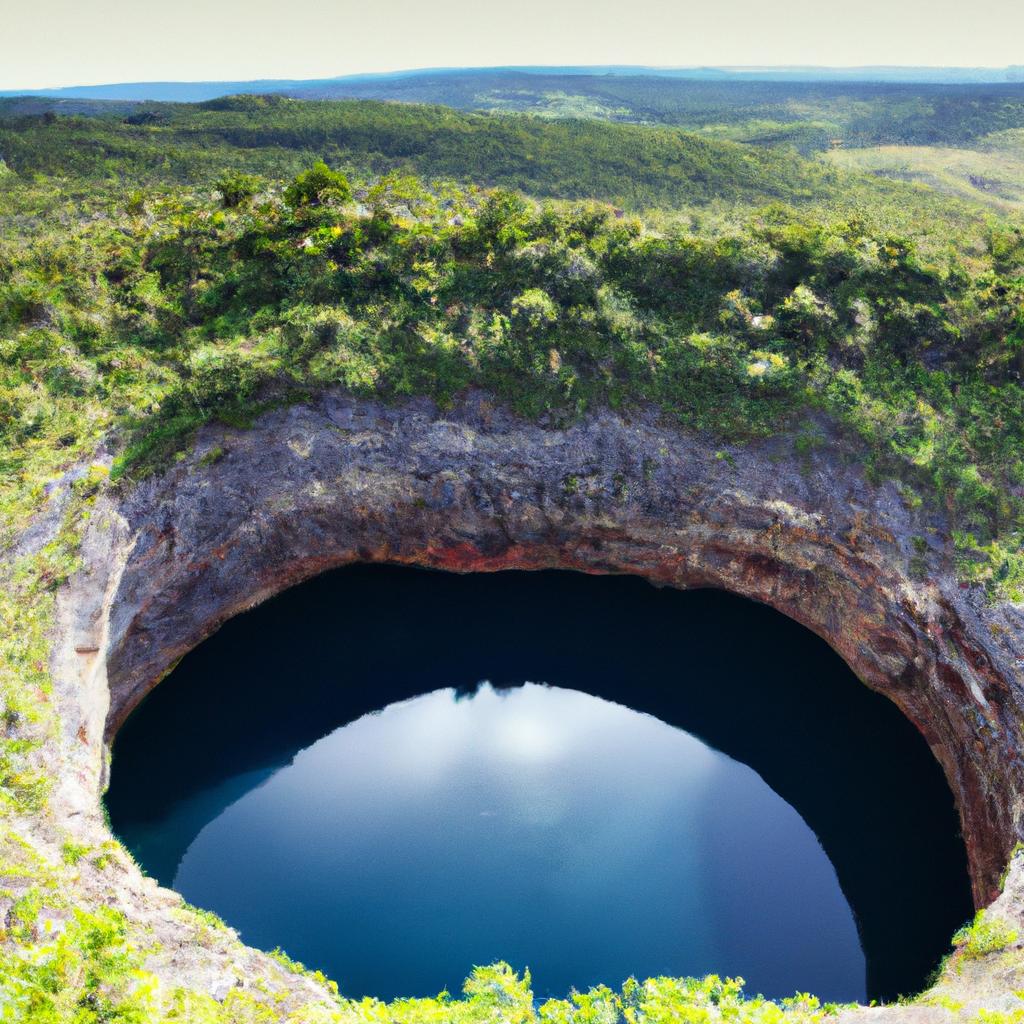
The geological formation of the deepest sinkhole in the world is a fascinating subject of study for geologists.
Situated in the Chongqing Municipality of China, the Xiaozhai Tiankeng, also known as the Heavenly Pit, holds the title of being the deepest sinkhole in the world. With its impressive depth of approximately 662 meters (2,172 feet) and a width of 626 meters (2,054 feet), this sinkhole is a testament to the forces that shape our planet. Created by the collapse of an immense underground cave system, the Xiaozhai Tiankeng is estimated to be around 4 million years old.
The sinkhole’s significance lies in its unique geological and ecological features. Its exploration provides scientists with an invaluable opportunity to study the Earth’s crust and the processes that mold it. Moreover, within its depths, a distinct ecosystem thrives, harboring plants, animals, and microorganisms specially adapted to survive in its extreme conditions. Researching this ecosystem allows scientists to gain insights into life’s ability to flourish in harsh environments and unravel the origins of life on Earth.
The Geological Significance of Xiaozhai Tiankeng
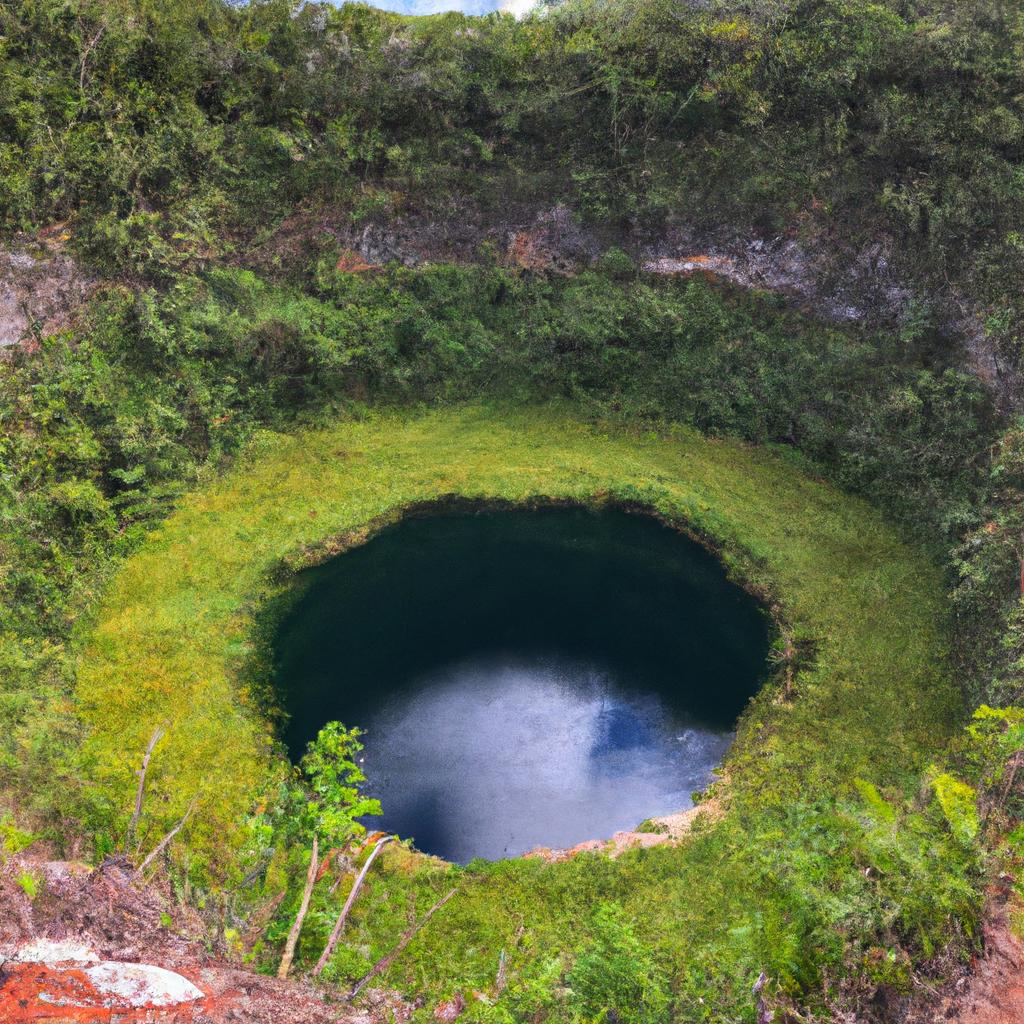
The unique ecosystem of the deepest sinkhole in the world supports a wide variety of flora and fauna.
Located within the Wulong Karst National Geology Park, a UNESCO World Heritage Site, the Xiaozhai Tiankeng is an integral part of an area renowned for its karst landscapes, caves, and sinkholes. Karst landscapes result from the dissolution of soluble rocks, such as limestone, giving rise to unique landforms like sinkholes and underground cave systems.
The formation of the Xiaozhai Tiankeng stemmed from the collapse of an extensive underground cave system, likely formed over millions of years through the dissolution of limestone. Consequently, this sinkhole offers scientists an unprecedented opportunity to study the Earth’s crust and its intricate geological history. By examining the rocks within the sinkhole, researchers can gain insights into the formation of the Earth’s crust, the movement of tectonic plates, and the evolution of landscapes over millions of years.
Additionally, the Xiaozhai Tiankeng serves as a testament to the impact of climate change on the Earth’s crust. Its creation, shaped by the dissolution of limestone and influenced by changes in climate and rainfall, bears evidence of the profound effect of environmental shifts on our planet’s geological features.
In summary, the Xiaozhai Tiankeng is an indispensable site for geological research. Its unique characteristics and geographic location make it an ideal location for studying the effects of climate change on the Earth’s crust.
The Unique Ecosystem of Xiaozhai Tiankeng
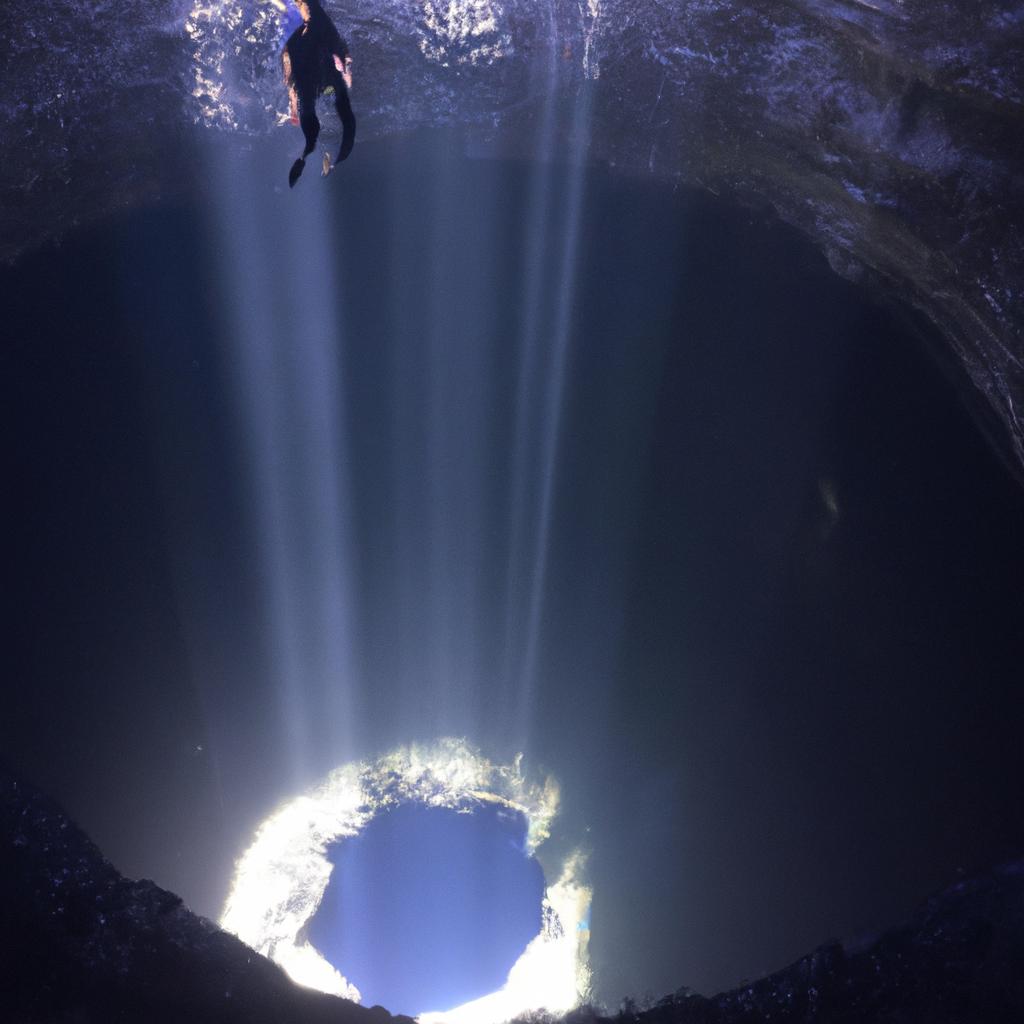
Exploring the depths of the deepest sinkhole in the world requires specialized equipment and training.
Beyond its geological significance, the Xiaozhai Tiankeng supports a rich and diverse ecosystem. This mesmerizing sinkhole provides a home for an array of plant and animal life. Adapted to the harsh and isolated environment, the flora and fauna within the sinkhole have evolved unique characteristics. Ferns, mosses, and flowering plants thrive amidst the challenging conditions, while bats, birds, amphibians, and reptiles inhabit its depths.
The study of this exceptional ecosystem holds immense ecological importance. The sinkhole’s isolated environment offers researchers a chance to investigate the processes of adaptation and evolution in plants and animals. Additionally, scientists can observe the interactions between different species and how they navigate the extreme conditions of the sinkhole. By delving into the sinkhole’s ecosystem, scientists can shed light on the ability of life to thrive in harsh and isolated environments, unraveling the mysteries of the Earth’s evolutionary history.
However, the unique ecosystem of the Xiaozhai Tiankeng is under threat from human activities such as tourism, pollution, and deforestation. To counter this, the Chinese government has taken measures to protect the sinkhole’s ecosystem. The Xiaozhai Tiankeng has been designated as a national geological park, and regulations are now in place to regulate tourism and prevent pollution. Preserving this ecosystem is vital for ecological research and the conservation of biodiversity.
In Conclusion
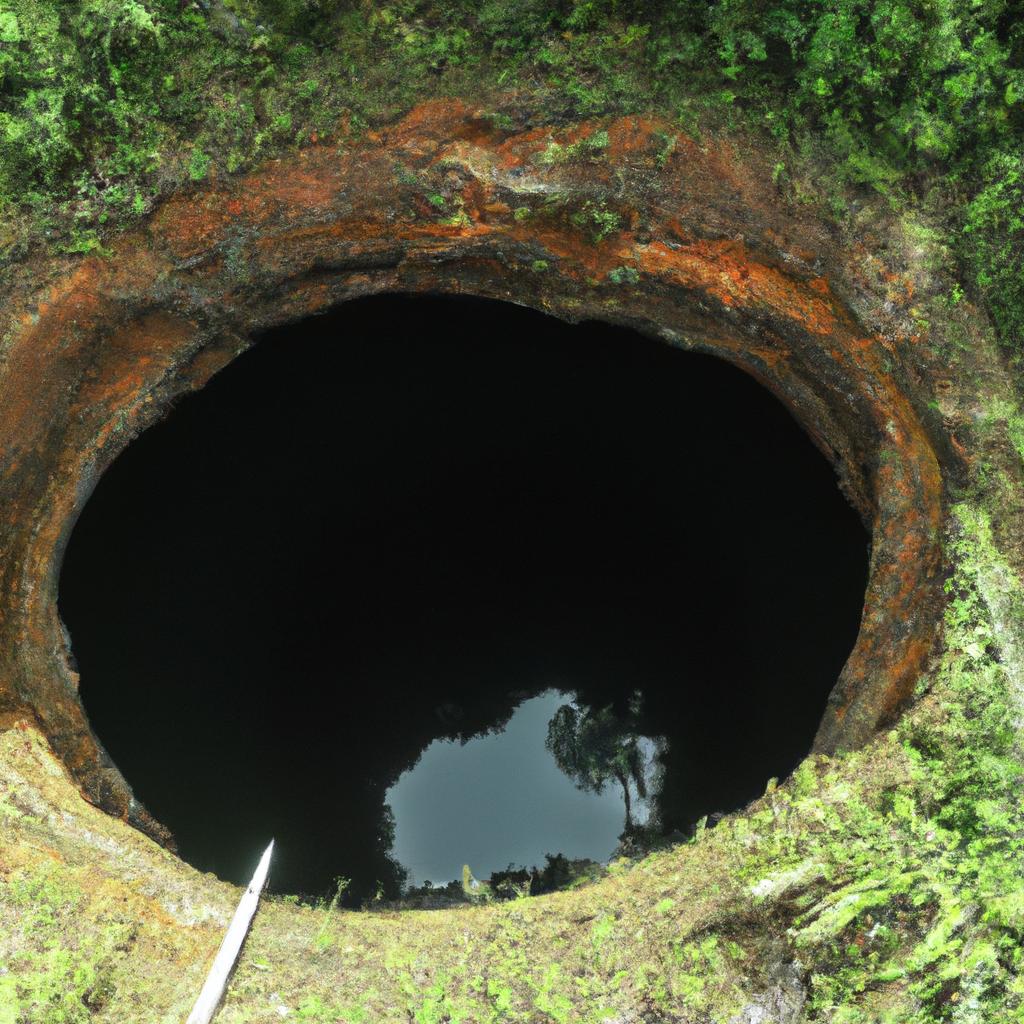
The deepest sinkhole in the world is a valuable site for scientific research in geology, ecology, and biology.
The Xiaozhai Tiankeng, the deepest sinkhole in the world, serves as a testament to the extraordinary geological forces that shape our planet. But beyond its scientific value, this captivating sinkhole has also become a popular tourist destination. It attracts visitors from around the globe, drawn by its majestic beauty and the wonders it holds within.
As we delve further into exploring and studying the Xiaozhai Tiankeng, we must also acknowledge the impact of human activities on our natural environment. Sinkholes, vulnerable to pollution, mining, and other human interference, require our protection to ensure their ecological and geological features remain intact for future generations.
At TooLacks, we are committed to providing you with the latest news and information on all things related to nature, gardening, and animals. Through articles like this, we aim to share valuable insights into extraordinary natural wonders such as the deepest sinkhole in the world—the Xiaozhai Tiankeng. Join us on this journey of exploration as we discover the beauty and complexity of our planet.
